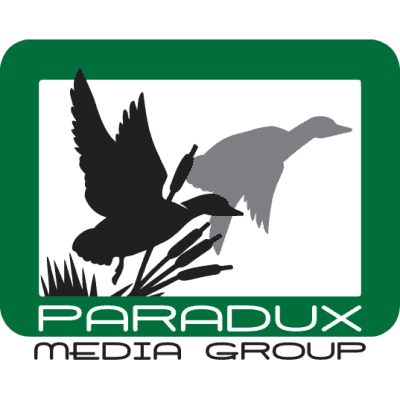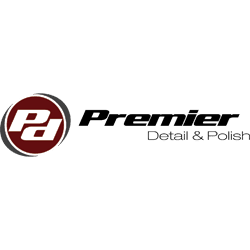Every small business markets its products or services from the sole proprietor or freelancer, to the emerging corporation with fewer than 500 employees. The percentage of funds you allocate to marketing can vary, with some enterprises getting by on a shoestring budget while others may find that the their budgets are heavily tilted to getting the word out. Controlling your marketing expenses comes through careful planning. We’ll identify the chief components of small business marketing and offer tips on how to make the best use of each for your money.
General Advertising
Your advertising expenses include a number of general items. The moment that you purchase letterhead or business cards is when you begin your advertising. Other general advertising methods include phone book listings, association dues, brochures, signage, your website and other online efforts. Consider what works and what doesn’t work today — for instance, you may find that your Yellow Pages customer base has dried up. If so, reallocate those funds to another area such as web marketing.
Employee Costs
Companies large enough to operate in-house marking must consider the cost of its marketing team. Those expenses include employee salaries and benefits, as well as contracted staff and freelance experts. Small businesses can control their costs by outsourcing some of their work and only hiring permanent staff when its team of freelancers should be brought in-house.
Ad Agencies
You may rely on an outside company to market your business. Such ad agencies are responsible for developing a marketing campaign, working with your marketing team to present a variety of ways to spread your message. That message may be broadcast via radio, television, newspaper and magazine, and can just as easily be shared socially through Facebook, LinkedIn and Twitter. Evaluate your ad agency’s performance. Consider putting your contract out to bid from time to time, to gauge the market and to encourage your agency to always stay on its toes.
Direct Marketing
Every business employs some type of direct marketing although you might not call it that. Quite simply, direct marketing is where you sell your services or products directly to your customers, typically through your catalog, brochures, leaflets, phone calls and email messages. Besides the cost of personnel, your largest direct marketing expense may be through the accumulation of a database of potential customers. Typically, young businesses buy lists and market to individuals through these. You can reduce your costs here by relying more on in-house generated lists such as email and website sign ups as well as good old-fashioned print lists that you place at your cash register for customer sign up.
Print and Online Publications
We mentioned brochures as part of your general advertising, but there are other print publications as well as online publications that are part of any small business marketing plan. Besides brochures, your print publications might include a newsletter, reports, booklets and related printed media. Your marketing communication will also include the cost for launching and maintaining a website, a product page, your Facebook page and other online destinations. Consider that web content building has a cost, especially if you take on article marketing to get the word out. Weigh shifting your budget from print to digital as your customers continue to use tablets and mobile devices to access the Internet for information.
Marketing Control
As you move forward through the year, you need to have one eye looking back and evaluating how your small business marketing campaign was spent and adjust it accordingly. If your funds are limited, consider collaborating with another business to get the word out. For instance, your wedding planning business might connect with a DJ, a caterer and a florist to reach customers together. You can share the cost of marketing and increase your business and build your bottom line accordingly.















































































































These are great pointers which need to be controlled in order to keep a tab over the planning related to the expenses. With the availability of so many tools, the cost has come a little down, but still needs attention to justify the cost in terms of the revenue. The areas highlighted in the post are essentially the areas of expenses in any business. Thanks for the share.
Small businesses have the competitive edge to use marketing options that large or medium businesses may not; take the example of direct marketing for that matter. Thanks for sharing the informative post.
Great. I’m a little bit uneasy when it comes to budgeting for my business and your pos is a helpful little elf. Thank you very much for this. I hope you don’t mind if I share it to friends too, credits to you.
I think when it comes to budget for marketing companies shouldn’t spare expense. After all, marketing generates prospective clients that provides the company with revenue.
Direct marketing might be old fashioned but I find that it works the best. Thank you by the way for this brilliant piece. I learned a lot! 🙂
I think print ads are just a big bulk on the marketing budget. There are more things that could be done with that amount. Today we rarely see people carry around a newspaper. I think it’s best to invest on online marketing and direct marketing to get the maximum efficiency of each category.